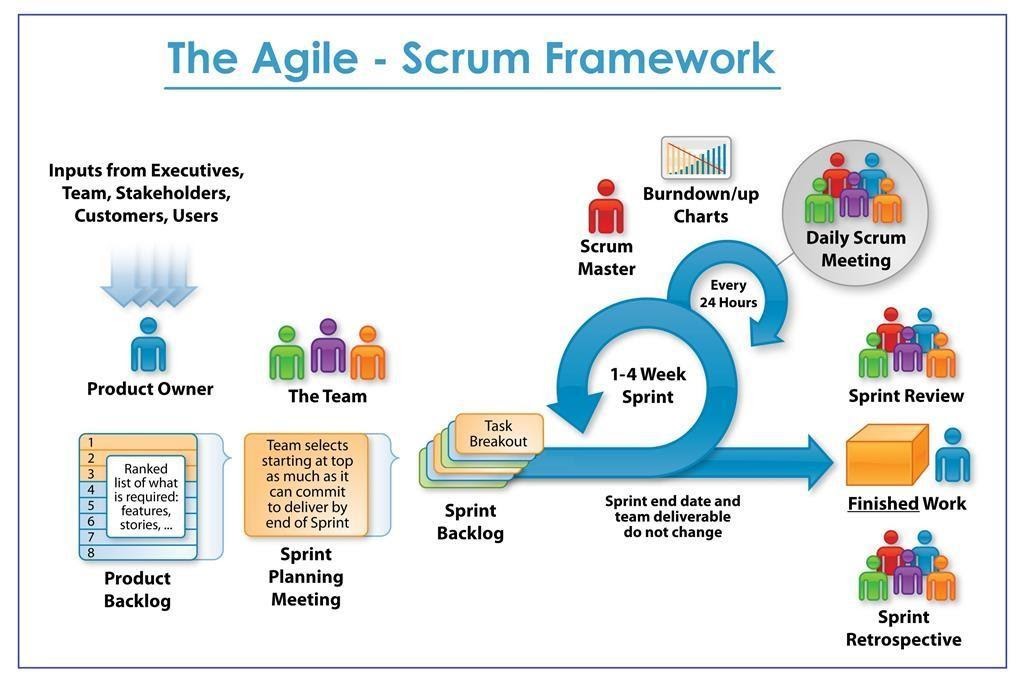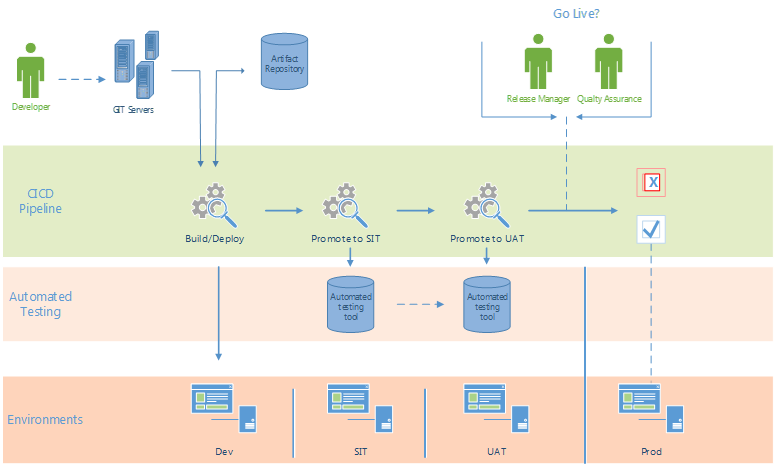The Stages of the Agile Software Development process implemented by team RVGS:
1. Scoped out and prioritized projects:
During the first step of the agile software development life cycle, our team scoped out and prioritized projects. For each concept, our team defined the business opportunity and determined the time and work it’ll take to complete the project. Based on this information, we assessed technical and economic feasibility and decided which projects were worth pursuing.
2. Diagrammed requirements for the initial sprint:
Once our team identified the project, we worked with stakeholders to determine requirements. Our team used user flow diagrams or high-level UML diagrams to demonstrate how the new feature should function and how it will fit into our existing system.From there, selected team members to work on the project and allocated resources. Created a timeline or a swimlane process map using tools to delineate responsibilities and clearly showed when certain work needed to be completed for the duration of the sprint.
3. Construction/iteration:
Once our team defined the requirements for the initial sprint based on stakeholder feedback and requirements, the work began. Our team User Experience (UX) designers and developers began work on the first iteration of the project, with the goal of having a working product to launch at the end of the sprint. The product underwent various rounds of revisions, so this first iteration only included the bare minimum functionality. The team had additional sprints to expand upon the overall product.

4. Released the iteration into production:
Finished up this software iteration with the following steps:
Tested the system. Our quality assurance (QA) team tested functionality, detected bugs, and recorded wins and losses.
Addressed any defects.
Finalized system and user documentation. Used tools to help our team visualize our code through Unified Modeling Language (UML) diagrams or demonstrate user flows so everyone understood how the system functioned and how they could build upon it further.
Released the iteration into production.
5. Production and ongoing support for the software release:
This phase involved ongoing support for the software release. In other words, our team kept the system running smoothly and showed users how to use it. The production phase ended when support ended or when the release was planned for retirement.
6. Retirement:
During the retirement phase, our team removed the system release from production, typically when we wanted to replace a system with a new release or when the system became redundant, obsolete, or contrary to our business model.


